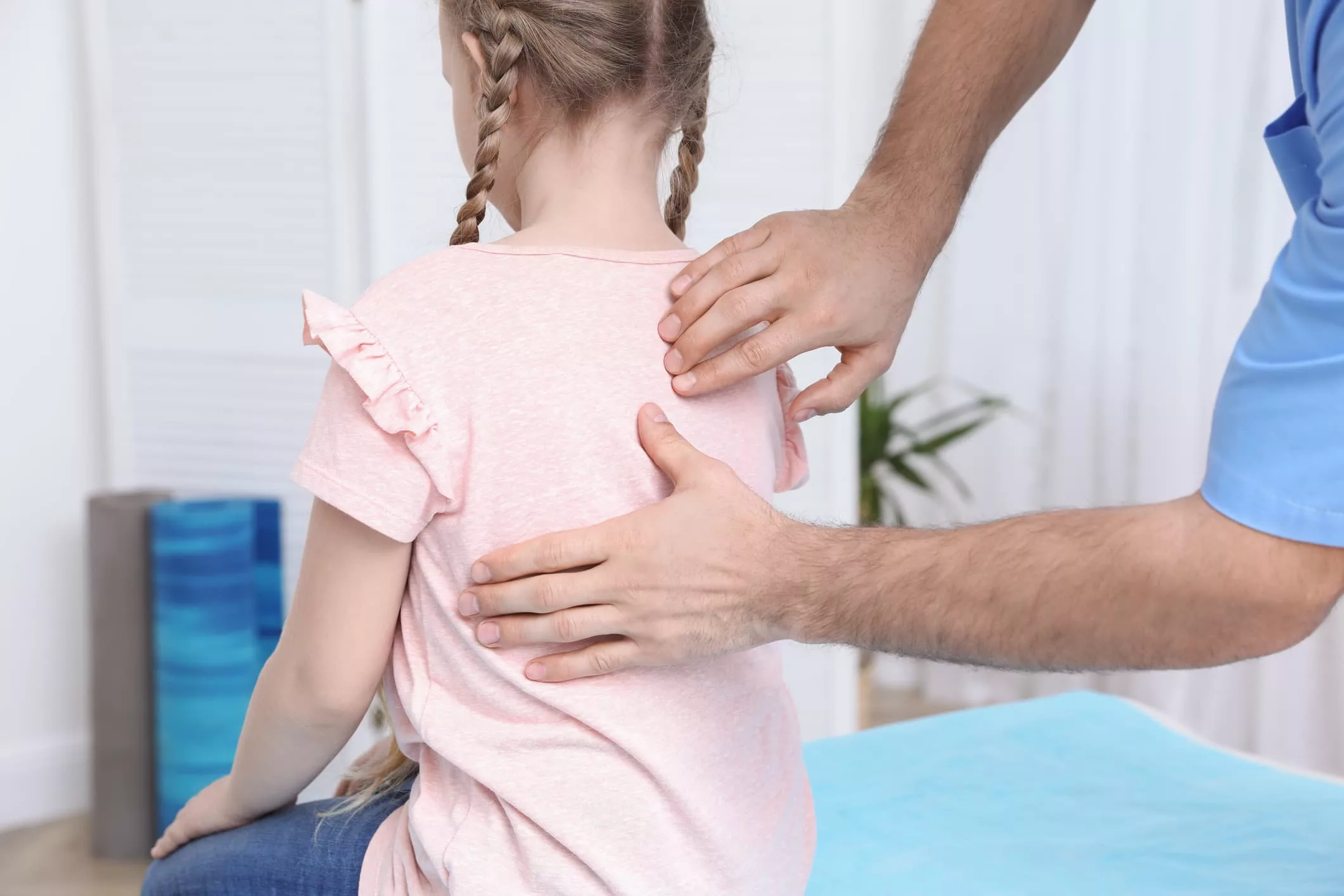
Can Physiotherapy Help Scoliosis
Scoliosis is medical condition wherein the spine gets curved sideward, resulting in one or even two curves, making the spine appear more like an ‘S’ shape. In some cases, the spine shows a rotation component. This rotation starts when scoliosis becomes more pronounced. This is known as torsion-scoliosis, causing a gibbus. Scoliosis can be present from birth. Such instances are called congenital scoliosis.
Other types of scoliosis can be developed during growth, and the causes for this are yet to be found.
Types of Scoliosis:
- >strong>Structural (Idiopathic) Scoliosis: Idiopathic scoliosis has genetic roots. A family history of scoliosis, particularly along the female side can increase your likelihood of having it by up to 20%. Between the ages of 11-14, idiopathic scoliosis usually develops in early adolescence with a higher incidence occurring in females than males (10:1). Moreover, progression of scoliosis is also more common in females than males. If left undiagnosed and untreated in adolescence, the curvature in the spine can progress.
- Functional Scoliosis: This can develop in adulthood, often in response to an injury or repetitive practice of asymmetrical activities (like – tennis, golf swing, etc.). The curvature in the spine develops due to overuse of muscles on one side of the side and under use of muscles on the reciprocal side. It can be reversed with appropriate treatment and exercise, since it is muscular based.
- Pathology-related Scoliosis: >Such scoliosis can arise in people who suffer from neuromuscular disease such as muscular dystrophy or in response to a severe injury to the spinal cord such as quadriplegia.
Symptoms of Scoliosis:
Physical signs that parents should look for in children after the age of 8 are –
- Uneven Shoulders
- One shoulder blade being more prominent than the other
- Listing (bending) to one side
- Uneven hips
- Pain around the areas above imbalanced areas
Scoliosis does not result from poor posture, which is contrary to common belief. But, it can progress to a more severe curve as a result of poor posture of weak spinal muscles.
Diagnosis of Scoliosis:
Diagnosis of Scoliosis is usually undertaken during a routine clinical examination by your physiotherapist or doctor.
Your physiotherapist will examine your spine, shoulders, rib cage, pelvis, legs and feet for abnormalities and asymmetry. If they suspect a significant scoliosis, they will arrange for X-rays to confirm your cobb angle- or severity of scoliosis.
Treatment for Scoliosis:
Scoliosis can be treated by therapeutic options in cases of congenital scoliosis include congenital or surgical approaches.
Physical therapy has three important tasks: to inform, advise and instruct. For the treatment of scoliosis, it’s not only important to do the correct exercises but the physical therapist also informs the patient about his / her situation. To prevent the worsening of scoliosis, some physiotherapists recommend a brace. Results demonstrate that brace treatment is better than no-treatment or electrical stimulation.
Physical therapy aims consist of –
- Stabilisation
- Autocorrection 3D
- Coordination
- Muscular endurance / Strength
- Increase of ROM
- Respiratory capacity / education
- Equilibrium
- Ergonomy
- Neuromotorial control of the spine
Performing appropriate exercises with the guidance of a professional physiotherapist is a must. A physiotherapist knows which side is curved and accordingly designs a plan of routine exercises that the patient has to perform and follow strictly. If you’re suffering from any type of scoliosis, do not hesitate to contact our professional physiotherapists who can help your remedy the problem.







